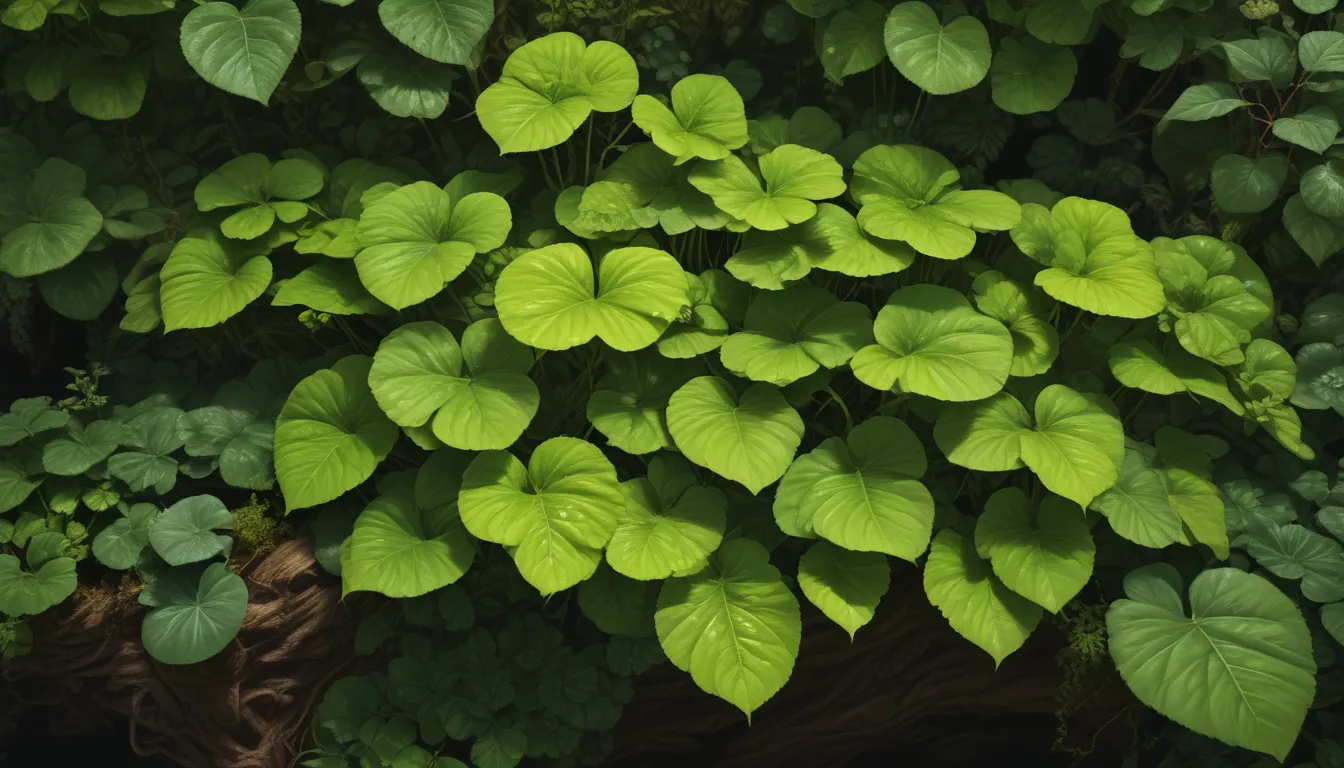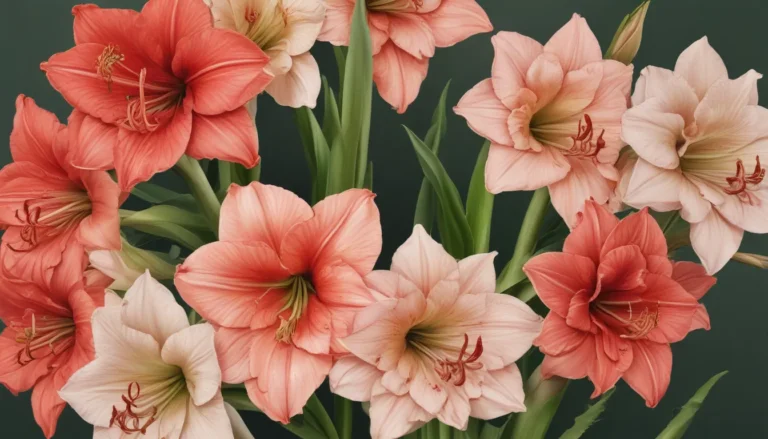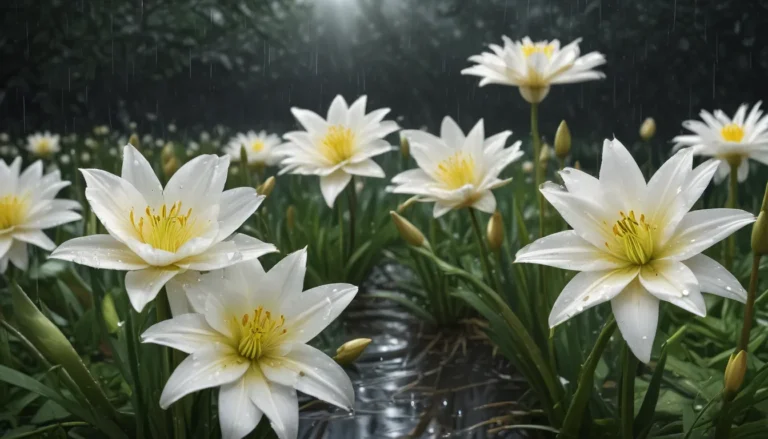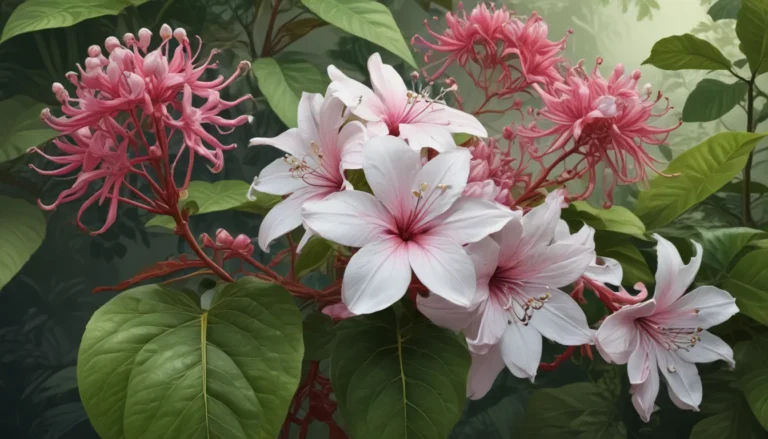The pictures we use in our articles might not show exactly what the words say. We choose these pictures to make you interested in reading more. The pictures work together with the words but don’t take their place. The words still tell you the important facts.
Creeping Jenny, also known as Lysimachia nummularia, is more than just a beautiful plant with vibrant yellow blooms. This mesmerizing plant has captured the hearts of gardeners and plant enthusiasts alike, thanks to its versatile nature and unique qualities. In this article, we will take a closer look at Creeping Jenny and uncover eight astounding facts that will leave you fascinated and inspired. From its adaptability in various growing conditions to its medicinal properties and ability to attract pollinators, Creeping Jenny is a force to be reckoned with in the world of plants. So, let's embark on a journey to explore the captivating world of Creeping Jenny!
Key Takeaways:
- Creeping Jenny is a vibrant, low-maintenance groundcover plant that suppresses weeds, attracts pollinators, and can even be grown indoors, adding color and beauty to any garden or living space.
- With its medicinal properties and ability to control weeds, Creeping Jenny is a versatile and resilient plant that brings both aesthetic appeal and practical benefits to gardens and indoor spaces.
The Versatility of Creeping Jenny
With its vibrant green foliage and creeping growth habit, Creeping Jenny is a popular choice for adding a splash of color to gardens. This low-growing plant spreads quickly, forming a dense mat that effectively suppresses weeds and helps prevent soil erosion. Its adaptability and low maintenance requirements make it a hassle-free choice for gardeners, thriving in moist, well-draining soil and partial to full sun conditions. Once established, Creeping Jenny requires minimal watering and can withstand various weather conditions, making it a resilient and versatile groundcover plant.
A Member of the Primrose Family
Creeping Jenny, scientifically known as Lysimachia nummularia, belongs to the Primulaceae family, which includes other popular garden plants like primroses and loosestrifes. The characteristic bright yellow flowers of Creeping Jenny bloom in the summer, adding a delightful pop of color to any landscape. Its trailing and cascading growth habit makes it a fantastic choice for hanging baskets and container gardens, creating a stunning visual display that adds depth and texture to any arrangement.
Medicinal Properties of Creeping Jenny
In addition to its aesthetic appeal, Creeping Jenny has been traditionally used for its medicinal properties. Its leaves contain high levels of tannins, which have anti-inflammatory and astringent qualities. Topically applied, Creeping Jenny can help soothe skin irritations and minor wounds. It is important to consult a healthcare professional before using any plant medicinally to ensure safe and effective usage.
Attracting Pollinators to Your Garden
The vibrant yellow flowers of Creeping Jenny act as a magnet for bees, butterflies, and other pollinators. By planting this groundcover, you can create an inviting habitat for these beneficial insects, contributing to the overall health of your garden ecosystem. The flowers not only provide a nectar source but also serve as a landing platform for pollinators, enhancing biodiversity and supporting a thriving garden environment.
Natural Weed Suppressant
Creeping Jenny's vigorous growth and dense mat-like structure make it an effective natural weed suppressant. By planting Creeping Jenny as groundcover, you can significantly reduce the need for herbicides or manual weeding, saving time and effort in maintaining your garden. Its ability to control weeds while adding beauty and visual interest to the landscape makes it a valuable addition to any garden or outdoor space.
Growing Creeping Jenny Indoors
If you have a bright spot in your home, you can also enjoy the beauty of Creeping Jenny indoors. This versatile plant can be grown in containers and placed near a sunny window, brightening up any indoor space. Its cascading foliage adds a touch of freshness and liveliness to your home decor, making it a versatile choice for both indoor and outdoor settings.
Conclusion: Embracing the Beauty of Creeping Jenny
In conclusion, Creeping Jenny is truly an astounding plant that offers numerous unique qualities. Its ability to spread and create dense mats of vibrant green leaves make it a popular choice for ground cover and edging in gardens. Whether used for erosion control, weed suppression, or simply adding a pop of color to garden beds, Creeping Jenny stands out as a versatile and resilient plant. Its low-maintenance nature and adaptability to various growing conditions make it an ideal choice for both beginner gardeners and seasoned enthusiasts alike. Including Creeping Jenny in your plant collection is a decision you won't regret, as it brings beauty and functionality to any outdoor space.
FAQs About Creeping Jenny
Q: Can Creeping Jenny tolerate full sun?
A: Yes, Creeping Jenny can tolerate full sun, but it also thrives in partial shade. It is a versatile plant that can adapt to different light conditions.
Q: How fast does Creeping Jenny spread?
A: Creeping Jenny is a fast-spreading plant that can quickly cover large areas. Regular trimming and maintenance can help control its spread.
Q: Does Creeping Jenny require a lot of water?
A: Creeping Jenny prefers moist soil and can withstand wet conditions. Proper drainage is essential to prevent overwatering and root rot.
Q: Can Creeping Jenny be grown in containers?
A: Yes, Creeping Jenny is well-suited for containers and hanging baskets, adding a cascading effect to your potted plants.
Q: Does Creeping Jenny attract pests or insects?
A: While generally resistant to pests and diseases, Creeping Jenny may attract slugs and snails. Regular monitoring and control measures can help manage these pests.
Q: Is Creeping Jenny invasive?
A: In certain regions, Creeping Jenny can be invasive, spreading rapidly and outcompeting native plants. Check local regulations before planting in such areas.
Q: Can Creeping Jenny be used for erosion control?
A: Creeping Jenny is an excellent choice for erosion control due to its dense matting capability and extensive root system.
Q: How often should I fertilize Creeping Jenny?
A: Creeping Jenny is low-maintenance and does not require frequent fertilization. A balanced slow-release fertilizer applied annually in spring should be sufficient for its growth and health.
Exploring the World of Creeping Jenny
Our dedication to providing accurate and engaging content is evident in our commitment to delivering valuable information about plants like Creeping Jenny. Each fact on our site is contributed by users like you, ensuring a diverse range of insights and information. Our editors meticulously review each submission to guarantee credibility and authenticity in the content we share. Trust in our dedication to quality and authenticity as you delve into the fascinating world of Creeping Jenny and other plants.






